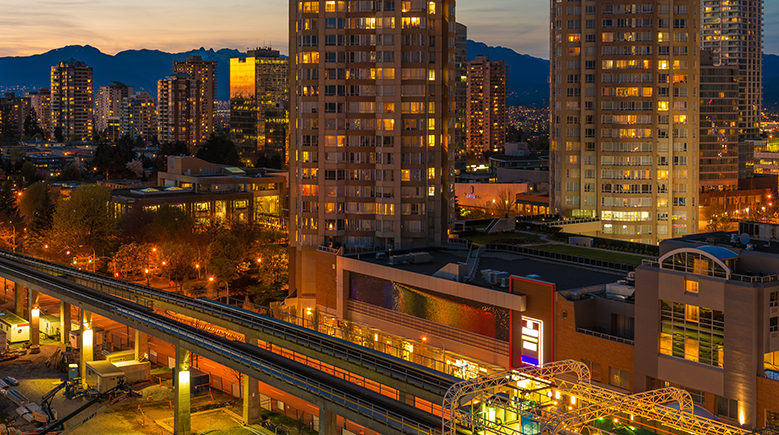BC government legislation trying to make market and rental housing more affordable
At a glance (3 minute read)
- BC Housing Minister Ravi Kahlon introduced legislation in October and November to address the market and rental housing shortage in British Columbia.
- Bills include measures to shift planning processes, pre-zone land, and eliminate public hearings (Bill 44), streamline development financing through amenity cost charges and updated levies (Bill 46), and establish minimum allowable height and density for Transit-Oriented Development Areas (Bill 47).
- Additional changes involve permitting missing middle housing and restricting short-term rentals to principal residences.

In October and November, BC Housing Minister Ravi Kahlon introduced four bills and amended the Local Government Act in an effort to rapidly tackle the market and rental housing shortage.
The result will be major changes to neighbourhood density. Here’s a summary.
New legislation introduced
Bill 44: Housing Statutes (Residential Development) Amendment Act
If passed, this legislation gives the province the power to control planning and:
- require local governments to shift their planning process to an up-front zoning framework;
- pre-zone land to meet housing needs, reduce current lengthy rezoning processes; and
- eliminate public hearings.
Bill 46: Housing Statutes (Development Financing) Amendment Act, 2023
If passed, this legislation gives the government the power to streamline the delivery of homes, services, and infrastructure by:
- imposing charges on new development to pay for amenities by through an amenity cost charge, known upfront in the building process instead of at the zoning stage;
- updating development cost charge (DCC) levies;
- allowing local governments to collect DCCs and development cost levies for provincial highway infrastructure; and
- allowing local governments to pass a bylaw that implements changes.
Read the government news release about Bill 44 and Bill 46.
Bill 47: Housing Statutes (Transit-Oriented Areas) Amendment Act, 2023
If passed, this legislation will:
- allow the province to establish minimum allowable height and density for Transit Oriented Development (TOD) Areas and require local governments to designate areas near transit hubs. The province expects 100 TOD Areas will be designated in 30 municipalities within the first year after the legislation passes; and
- remove restrictive zoning and parking rules that stop TOD Areas in many municipalities.
TOD Areas are within 800 metres of a SkyTrain station or within 400 metres of a bus exchange.
Here, municipalities will be required to permit housing developments that meet provincial standards for allowable height and density based on tiers, with the highest density concentrated in centre of the TOD Area.
These tiers will differ based on the type of transit hub (SkyTrain stop/bus exchange) and the municipality’s size, population, and location.
The province plans to use the $400 million committed in Budget 2023 to “deliver thousands of homes near transit over the next 10 to 15 years by accessing land that is suitable to acquire near transit hubs and transforming it into thriving communities,” according to this government news release.
Read about TOD Areas.
Missing middle housing throughout the province
In November, the BC government also introduced changes to the Local Government Act to allow for missing middle housing – small scale multi-unit housing including townhomes, triplexes, fourplexes, and laneway homes.
Read the government news release about missing middle housing.
Restricting short-term rentals
In October, the BC government passed Bill 35: Short-term Rental Accommodation Act, banning most short-term rentals, except those in principal residences.
Read the government news release about restricting short-term rentals.